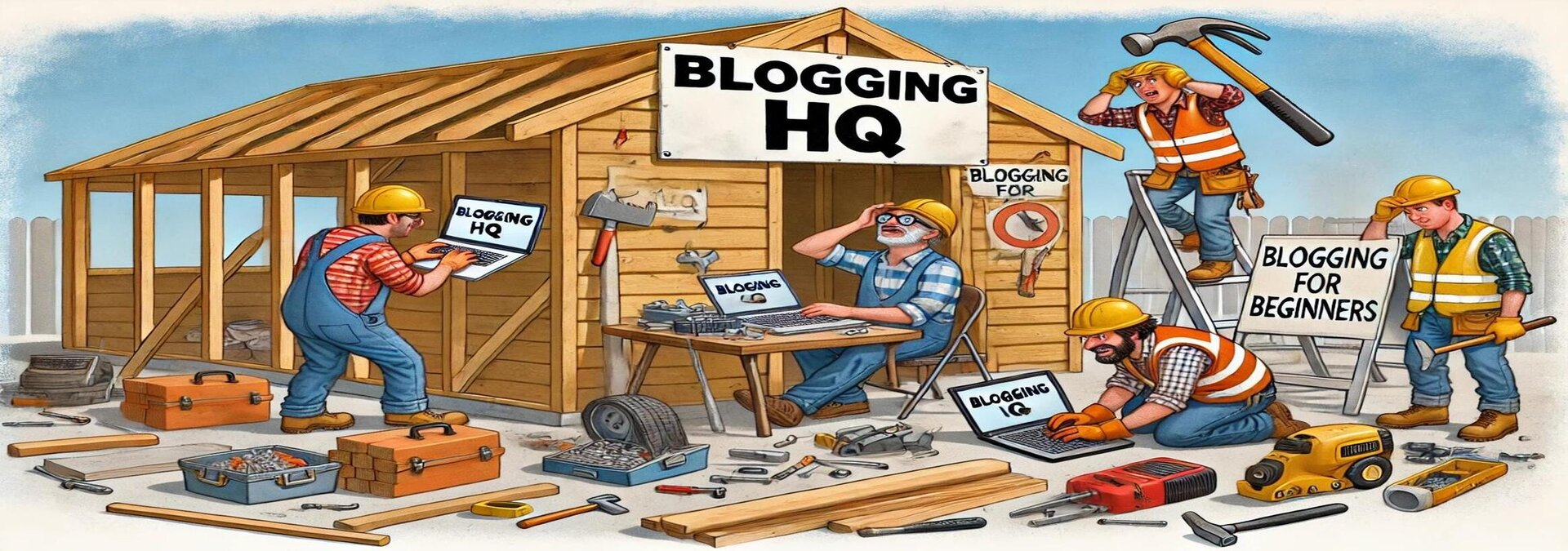Will AI Take Over the Building Industry?
The building industry has come a long way from hammer, nails, and a strong back. These days, technology is on every site — from laser levels to 3D design programs, even drones checking roof lines. But now there’s a new player in town: Artificial Intelligence (AI).
So the big question is: will AI take over the building industry — and how far will it go?
What AI Is Already Doing
AI isn’t just for Silicon Valley whizz kids. It’s already creeping onto building sites:
Design & Planning: Programs can generate building layouts, optimise material use, and create realistic 3D models in minutes.
Safety Monitoring: AI cameras can spot hazards faster than the foreman’s eagle eye.
Project Management: Algorithms can schedule jobs, track budgets, and even predict delays before they happen.
The Robots Are (Not) Coming for Your Job
Don’t worry — AI isn’t about to rock up with a toolbelt and start swinging a hammer. It’s brilliant at calculations, predictions, and repetitive tasks, but it’s not about to replace Kiwi builders climbing scaffolds or having a yarn with the client about paint colours.
The reality? AI will support builders, not replace them. Think of it like an apprentice who never sleeps, works fast, and always remembers where you left the measuring tape.
Where It Could Go Next
In the future, we may see:
3D-printed structures speeding up builds
AI-assisted machinery that makes digging, lifting, and roofing safer and more efficient
Smarter planning tools that help match designs with budgets and timelines faster
But at the end of the day, building is about people. Trust, creativity, and problem-solving on the spot — no robot can replace that.
Our Take at AgBuild
AI is a tool in the toolbox, not the whole toolbox. It will help us build smarter, faster, and safer — but you’ll still find real humans on-site at AgBuild, swinging hammers, cracking jokes, and making sure the job’s done right.
✅ Final Word:
AI might design the shed of the future, but it won’t share a cuppa with you after the roof goes on. That’s why the human touch isn’t going anywhere.



